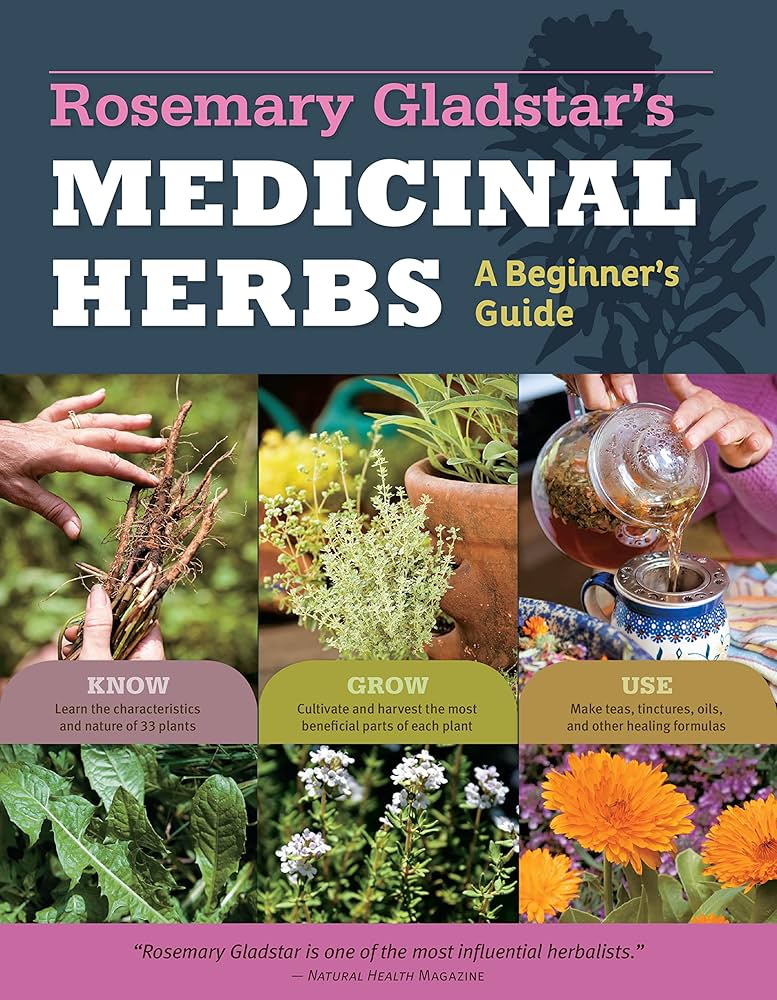Herbalism has been used for centuries across cultures as a means of healing and promoting wellness through natural remedies. The practice of herbalism requires specialized tools that aid in the preparation, storage, and administration of herbs. In this article, we will explore the essential herbalist tools needed to start your own herbal practice.
[h2]Mortar and Pestle[/h2]
One of the most important tools in an herbalist’s toolkit is a mortar and pestle. This tool is used to grind herbs into fine powders or paste form, making it easier to extract their medicinal properties. Mortar and pestles come in various sizes and materials such as wood, ceramic, or stone. Opt for one that fits comfortably in your hand and has a sturdy base.
[h2]Herb Grinder[/h2]
For those who prefer an electronic option, herb grinders are also available. Herb grinders use blades to finely chop herbs for easy extraction. They are typically powered by batteries or electricity and can be more efficient than a mortar and pestle. However, some argue that the heat generated by the blades can diminish the potency of certain herbs.
[h2]Scales[/h2]
Accurate measurements are crucial when preparing herbal remedies. A good set of scales ensures that you are using the correct amount of each herb in your recipe. Digital scales are preferred over analog ones as they provide precise measurements up to decimal points.
[h2]Infuser/Tea Ball[/h2]
An infuser or tea ball is used for brewing loose leaf teas or creating herbal infusions. These tools allow you to easily remove herbs from hot water without leaving any residue behind. Infusers come in various shapes and sizes, but the classic mesh ball design remains popular due to its simplicity and effectiveness.
[h2]Strainer[/h2]
A strainer is essential for separating the liquid from plant matter. This tool is particularly important when making tinctures or decoctions, as it ensures that only the medicinal properties of the herb are extracted. Strainers are available in various sizes and shapes, but a fine-mesh sieve is the most versatile.
[h2]Glass Jars[/h2]
Storing herbs properly is crucial to maintaining their potency and freshness. Glass jars are preferred over plastic ones as they do not contain harmful chemicals that can leach into your herbs. Opt for jars with tight-fitting lids to prevent air and moisture from entering.
[h2]Label Maker[/h2]
Keeping track of different herbs and their properties can be challenging. A label maker allows you to organize your herbs and remedies efficiently. Labels should include the name of the herb, its botanical name, date of preparation, and any other relevant information.
[h2]Herbal Books[/h2]
Having reliable herbal resources on hand is crucial for any herbalist. Herbal books provide information on everything from identifying different plants to preparing various remedies. Some popular titles include “The Complete Herbal Handbook for Farm and Stable” by Juliette de Bairacli Levy and “The Modern Herbal Dispensatory” by Thomas Easley and Steven Horne.
[h2]Conclusion[/h2]
Starting an herbal practice requires investing in quality tools that will aid in creating effective remedies. The tools listed above are just a few essentials needed to begin practicing herbalism. As you continue on your journey, you may find that additional tools become necessary or that certain tools work better for specific tasks.
If you’re interested in learning more about herbalism, check out the American Herbalist Guild’s website for more information.
References:
– “The Complete Herbal Handbook for Farm and Stable” by Juliette de Bairacli Levy
– “The Modern Herbal Dispensatory” by Thomas Easley and Steven Horne
– American Herbalist Guild’s website: https://www.americanherbalistsguild.com/




